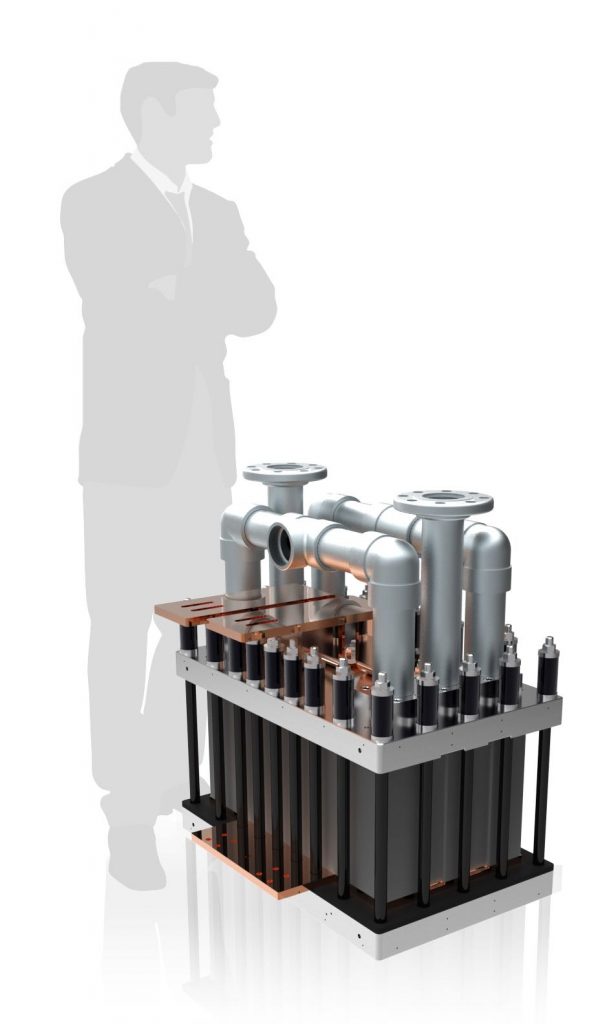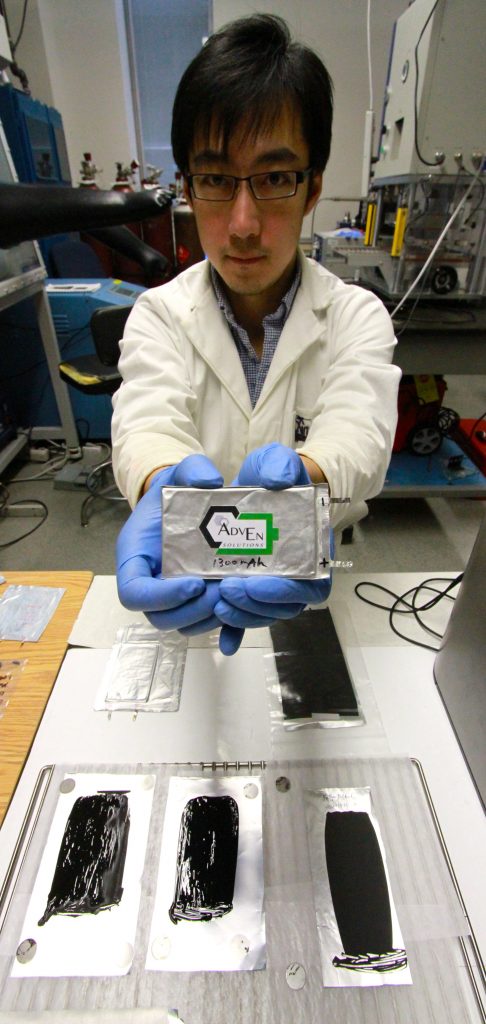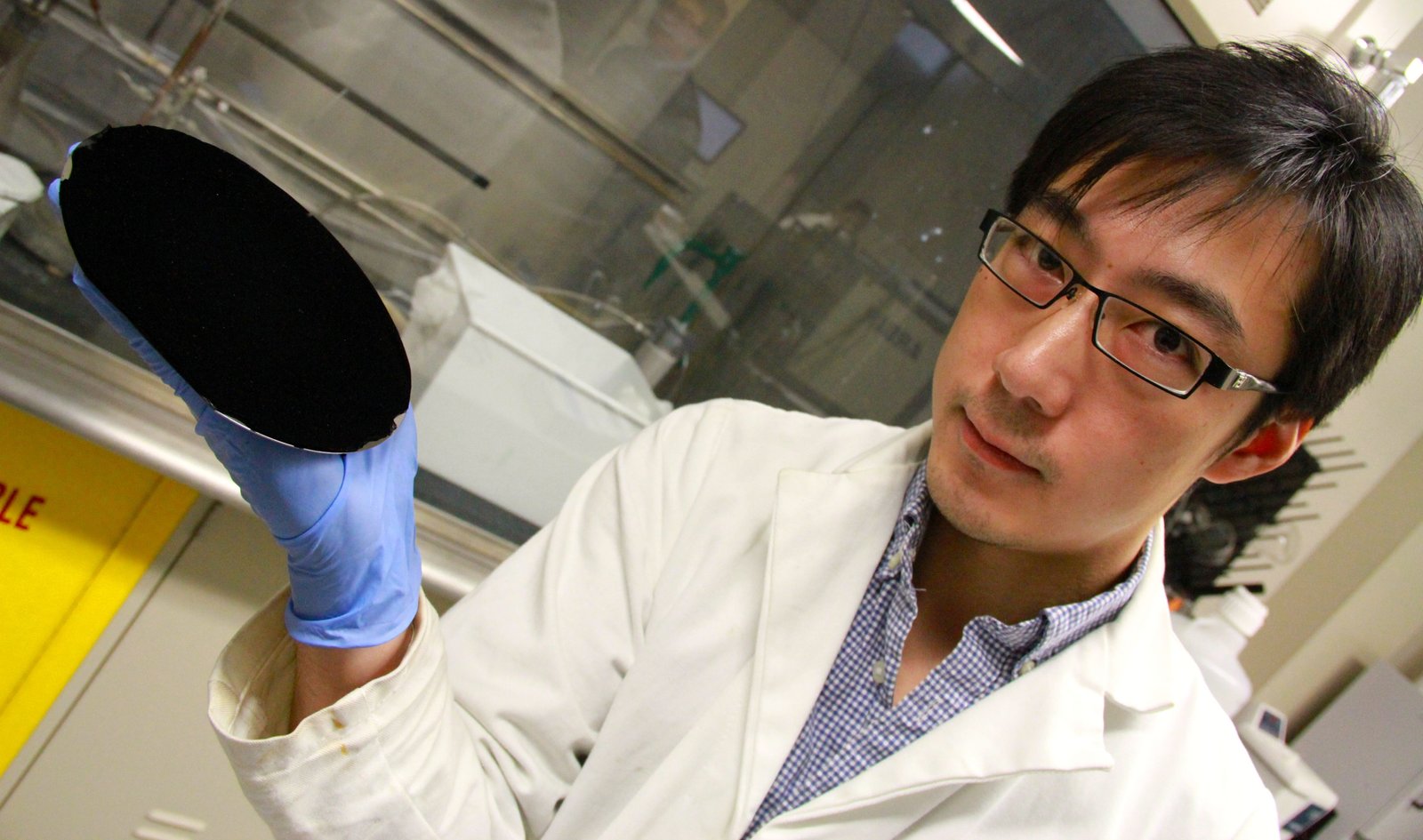By David Dodge and Duncan Kinney
When people think of energy storage, they think of batteries. We’ve had them in their modern incarnation for more than 200 years and there are examples in the archeological record of things that could be batteries that are more than 2000 years old.
But batteries in their current form aren’t enough. Cheap, scalable energy storage would allow us to quickly integrate large amounts of renewable energy onto the grid and decarbonize our electricity system.
When the wind blows and the sun shines in places where there are a lot of solar and wind projects (Germany or Denmark) they generate more electricity than the grid knows what to do with.
Even oil and gas centric Alberta is looking into energy storage so it can unlock its massive renewable energy resources. Alberta Innovates hosted a national energy storage symposium in Calgary recently.
“There are a lot of very exciting technologies out there and really in terms of energy storage technologies there is no real one-size-fits-all technology,” says Mark, senior manager of renewable energy at Alberta Innovates and the man who organized the event.
And he’s not kidding; there were presentations on everything from compressed air, batteries and flywheels, to something called thermal matrix energy storage.
Power-to-gas – Turning wind energy into hydrogen

Hydrogenics one-megawatt electrolyzer is very compact.
One of the most intriguing ideas brought up at the conference was something called power-to-gas – it’s a way of converting and storing surplus electricity for future use as a fuel.
It takes excess electricity, from a wind farm for instance, and uses an electrolyzer to split water into oxygen and hydrogen. Hydrogen is energy dense and can be used in fuel cells, in the fuel refining process, to drive a turbine and generate electricity and perhaps most intriguingly it could be injected into the natural gas pipeline network and stored.
Research suggests between three and 10 per cent of the capacity of natural gas pipelines could be filled with hydrogen. That might not sound like much but Canada has more than 800 billion cubic feet of underground gas storage, the equivalent to 40 per cent of our annual electricity use.
“The potential for power-to-gas in North America just for the direct injection could be anywhere from 1,000 to 3,000 megawatts,” says Rob Harvey, director of energy storage with Hydrogenics.
Hydrogenics currently has eight pilot projects all over the world, with the largest being a two megawatt sized project in Falkenhagen, Germany. Pipeline giant Enbridge has invested $5 million dollars into the company and they’re looking at a project in Ontario.
Power to gas could be an important transition technology that makes good use of the existing fossil fuel infrastructure while reducing emissions and supporting the development of more renewable energy on the grid.
A better battery – the possibilities are staggering

Xinwei Cui shows off one of the carbon nanotube components of the battery prototype at AdvEn Solutions.
Imagine a battery that could last for a week on one charge, allow an electric car to go 500 kilometers in a go or store vast amounts of solar or wind energy.
That’s what University of Alberta professor Weixeng Chen is working on. He’s the chief technology officer of AdvEn Solutions and he’s working on a better battery that he hopes can store four times as much energy as current lithium ion batteries.
Chen has a PhD in materials science engineering and as you might expect, the brief that explains how the technology works is a bit technical. But to go back to your high school chemistry a battery has three major components; a cathode (the negative terminal), the anode (positive terminal) and an electrolyte (the medium that allows the electric charge to flow between the two).
Chen’s cell phone sized aluminum encased prototype in a University of Alberta lab uses carbon nanotube arrays in the cathode and a patented process that uses fluoride ions in the electrolyte. They’re looking to source an off-the-shelf anode from Lockheed Martin.
Chen explains the benefits of his design.
“It has much more energy density than the current lithium ion batteries. We’ve targeted our batteries to have four times as much energy density. We have a much larger cycle life than lithium ion batteries. Compared to lithium ion we can achieve 10,000 cycles, current lithium ion batteries have only 500 to 1,000 cycles,” says Chen.
Chen’s ideas are three to five years away from commercialization, but the impact could be game changing for consumer electronics, electric cars and for renewable energy.
Here are the links to the presentations from the Alberta energy storage symposium, fascinating reading for the energy geek:
- Wintering Hills wind energy battery storage pilot by Suncor and Teck
- Thermal Matrix Energy storage by Kelvin Storage
- Flywheel energy storage by Temporal Power
- Power-to-gas by Enbridge and Power-to-gas by Hydrogenics
- Induced Fluorination batteries by AdvEn Solutions
- Compressed air energy storage by Rocky Mountain Power
Energy storage is one of the single most important areas of human research and commerce in our modern age, we will watching these technologies very closely here at Green Energy Futures.
-30-
[flickrshow:72157638802015343,width=625]
